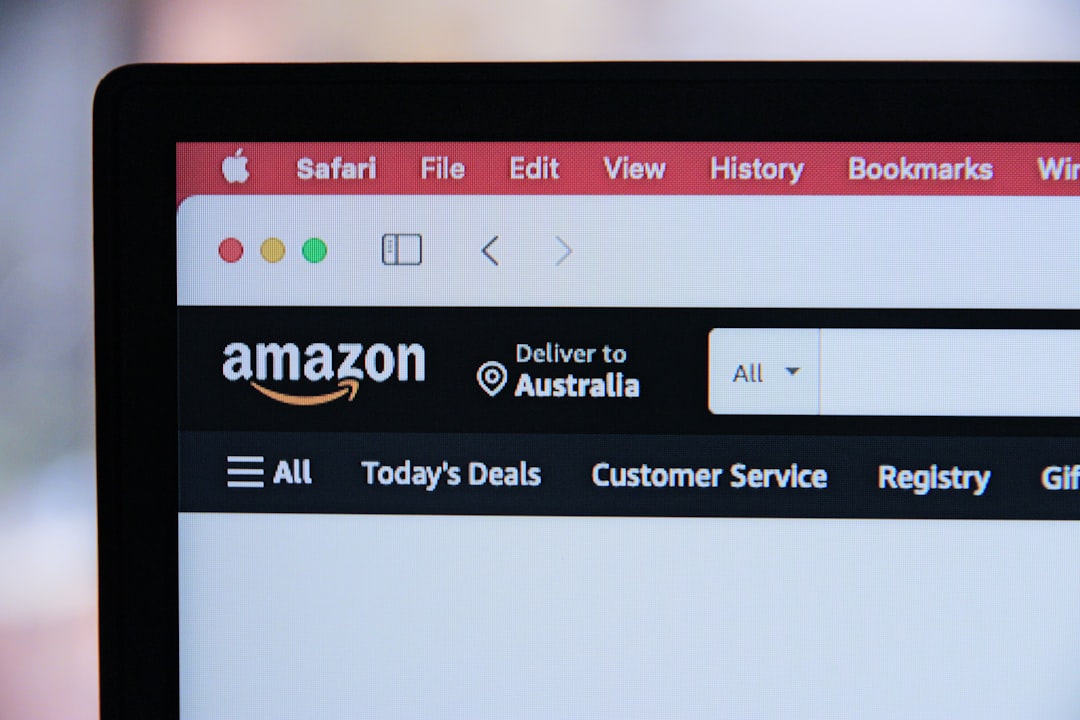Amazon sellers love metrics. Why? Because they help grow the business. One weird-sounding metric that’s super useful is TACoS. Nope, not the kind you eat. But this one is just as tasty for your sales!
Let’s break it down in a fun and simple way. Ready? Let’s taco ‘bout TACoS!
What is Amazon TACoS?
TACoS stands for Total Advertising Cost of Sales. It’s a metric that shows how your ad spend compares to your total sales — not just your ad sales.
Here’s the basic formula:
TACoS = Ad Spend ÷ Total Sales x 100
Let’s say you spent $100 on ads and made $1,000 in total sales. Divide 100 by 1000, multiply by 100, and boom — your TACoS is 10%.

Why is TACoS Important?
Most people look at ACoS (Advertising Cost of Sale). That shows ad spend vs ad-generated sales. But TACoS shows the big picture.
Here’s why that matters:
- TACoS reflects long-term growth. It shows if ads help increase overall sales.
- It tracks organic performance. Lower TACoS usually means more organic (non-ad) sales.
- It prevents overspending. You’ll spot if ads aren’t boosting total revenue.
Pretty cool, right? Think of TACoS as your ad health check.
Good vs Bad TACoS
Now let’s taco ’bout what’s “good.” There’s no perfect number, but here are some general rules:
- Lower TACoS = better efficiency.
- Rising TACoS = something might be off. Maybe ads aren’t converting.
- Falling TACoS = sweet spot! Your organic traffic is growing, and ads are helping.
Here’s a quick comparison:
| TACoS % | What It Means |
|---|---|
| Under 10% | Healthy – ads support growth |
| 10%-20% | Okay – keep monitoring |
| Over 20% | Warning – check ad strategy |
How to Optimize TACoS
So you want juicy TACoS (the metric, not lunch)? Here are smart ways to optimize it:
1. Improve Product Listings
Make your listings awesome! Great images, titles, and descriptions boost conversions. That means you get more organic sales alongside paid ones.
2. Target Branded and Relevant Keywords
Bid on keywords that match what your audience is searching for. Branded keywords convert well and are usually cheaper.
3. Use Ads to Support High-Performing Products
Don’t waste cash on slow movers. Identify your best products and focus your ad dollars there.
4. Monitor Campaign Performance Often
Amazon changes fast. Set time each week to tweak your campaigns. Shrink budgets on underperformers and boost winners.
5. Test and Learn
Try Sponsored Products, Brands, and Display ads. Different formats work for different goals.

TACoS vs ACoS: What’s the Difference?
This part can get confusing, so let’s make it simple:
- ACoS = Ad Spend ÷ Ad Sales
- TACoS = Ad Spend ÷ Total Sales
ACoS is like looking at one tree. TACoS is like looking at the whole forest.
You need both to understand how ads are doing and how they affect the entire business.
Keep Your TACoS Tasty
Think of TACoS as your Amazon health score. A lower TACoS usually means you’re growing and becoming less dependent on ads. That’s a good thing!
But don’t panic if it goes up temporarily. Maybe you just launched a new product. Or maybe you’re scaling fast. Watch for trends—not daily changes.
Pro Tip:
Always track your organic vs paid sales. If paid creates lift in organic rankings, your TACoS will thank you!
Final Thoughts
Amazon TACoS isn’t just a buzzword. It’s a powerful tool. Use it to grow smarter, not just bigger. And remember, the tastiest TACoS have balance — spend just enough on ads to fuel organic growth.
Now go dominate Amazon — one metric at a time. 🌮
 logo
logo



